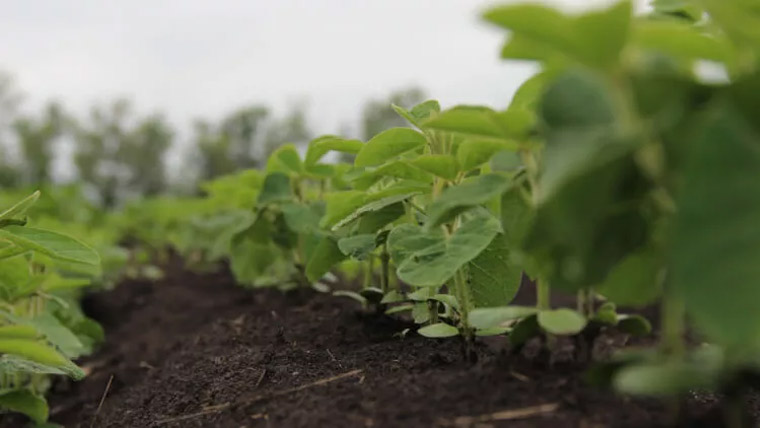Manitoba Agriculture reports, with spring seeding now considered complete, much of the province is reporting optimal moisture and crops are looking good.
Anne Kirk, a cereal crop specialist with Manitoba Agriculture, says last week just the northwest region and parts of the southwest had a little bit of seeding left to do but they look complete now.
We did see variable rainfall accumulations in all parts of the province over the past week so we did have isolated rainfall. The amounts of rainfall ranged from about zero millimeters to a maximum of about 16 millimeters and that was in the Pas so it was spotty rain across the province. In terms of soil moisture, in the zero-to-30-centimeter zone the majority of the province is still listed as optimum but parts of especially the Interlake and parts of the northwest are listed as dry to very dry and in all regions of the province there’s areas that are listed as dry to very dry for soil moisture conditions. In terms of percent normal precipitation, in the northwest, Interlake and eastern, the majority of those regions, we are seeing quite low amounts of rainfall, so less than 50 percent.
I think that crops are looking fairly well across the province and they are holding out quite well. We had seen some weather-related damage, so some frost in canola and corn and some wind related damage. For the most part those crops will be growing out of that damage and aren’t expect to see lasting effects. I have heard of some canola being reseeded due to the effects of wind and frost and for the most part that seeding would have already been completed so most of the environmental damage is not a concern as those crops would have grown out of them.
~ Anne Kirk, Manitoba Agriculture
Kirk says, in terms of insects we are still seeing some flea beetles on canola because we did have some late seeded canola but for the most part canola has grown out of flea beetle stage and cutworms and wireworms have also been reported. She says, as far as diseases, it’s been a fairly dry spring so far, we aren’t seeing a lot of disease issues but it’s getting close to fusarium head blight timing for crops like winter wheat so she encourages people to keep an eye on risk maps to determine if spraying is warranted.





